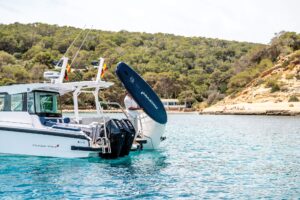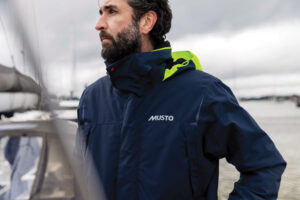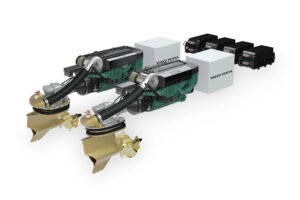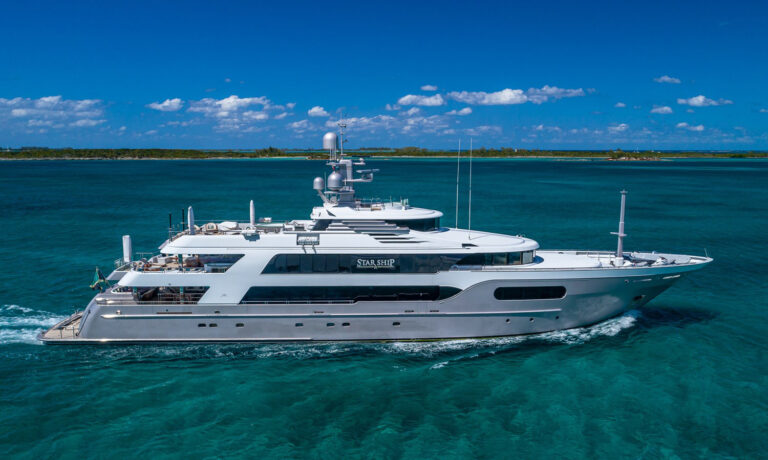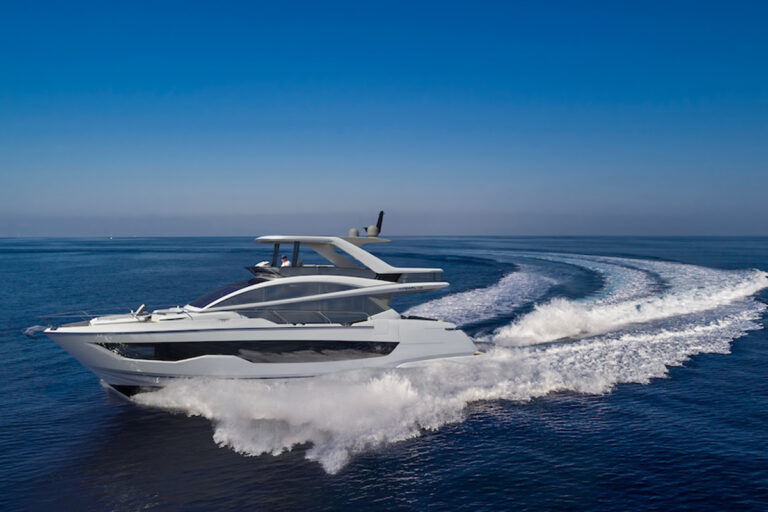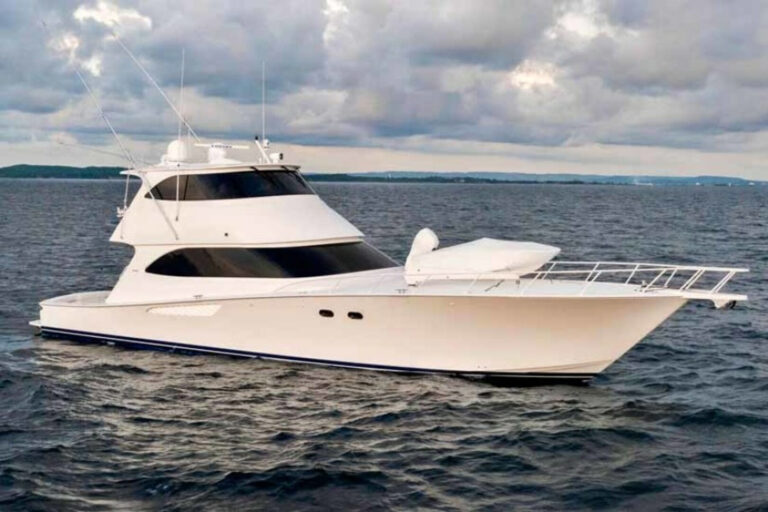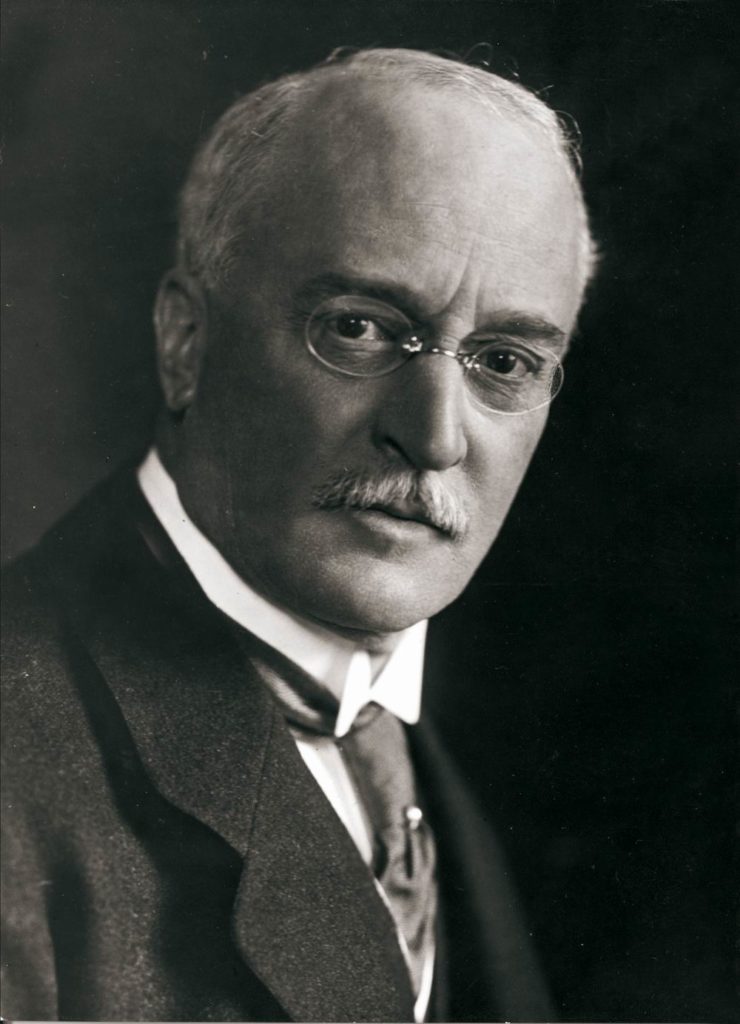
Rudolf Diesel
MAN diesels are found on many yachts these days, such as the Ferretti 620, but most people have only a vague sense that they are from overseas.
MAN (Maschinenfabrik Augsburg-Nürnberg) actually celebrated its 250th anniversary in 2008, but, of course, it hasn’t been building diesels that long. The company traces its roots back to an ironworks founded in the Ruhr steel region of Germany in 1758, and, over the years, it moved from mining to machinery to steel construction, including many major bridges.
In the late 1800s, Rudolf Diesel (shown right) worked for four years with MAN engineers as he created the first diesel engine, never seeing how successful MAN diesels would become, since he threw himself off a channel ferry in despair.
World War II was both a high point and a low point for MAN. Its diesel engines accounted for the success of German U-boats and the land-based Panzer tanks, which also made MAN factories a target for highly destructive Allied bombings.
After the war, the company was reorganized and moved into commercial truck and bus production. In 2006, MAN built the first diesel engine with more than 100,000 hp to power a huge ship capable of carrying more than 9,000 containers.
In 2011, a controlling stock in MAN was acquired by Volkswagen, which plans to create Europe’s largest truck builder by combining MAN and Scania of Sweden. The company now builds diesel engines in Germany, Denmark, France, China, the Czech Republic and India.
All MAN marine diesels are turbocharged, intercooled four-stroke engines with four valves per cylinder.

